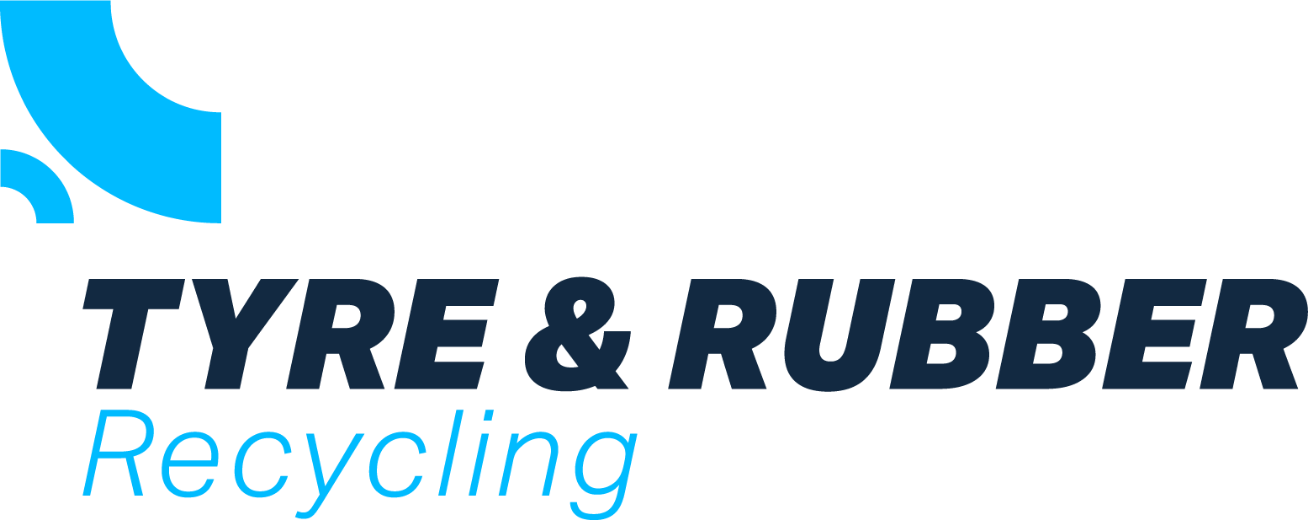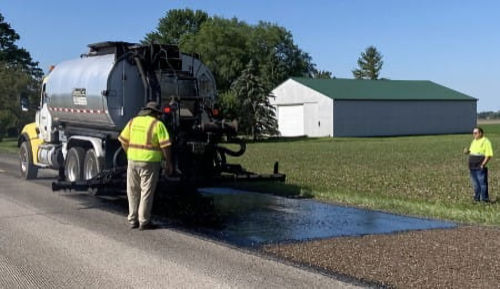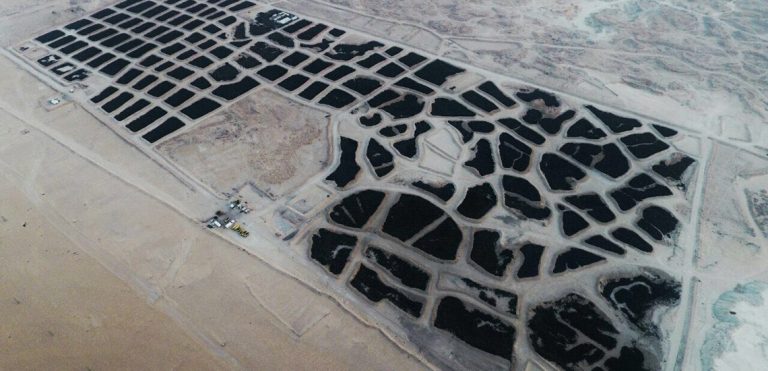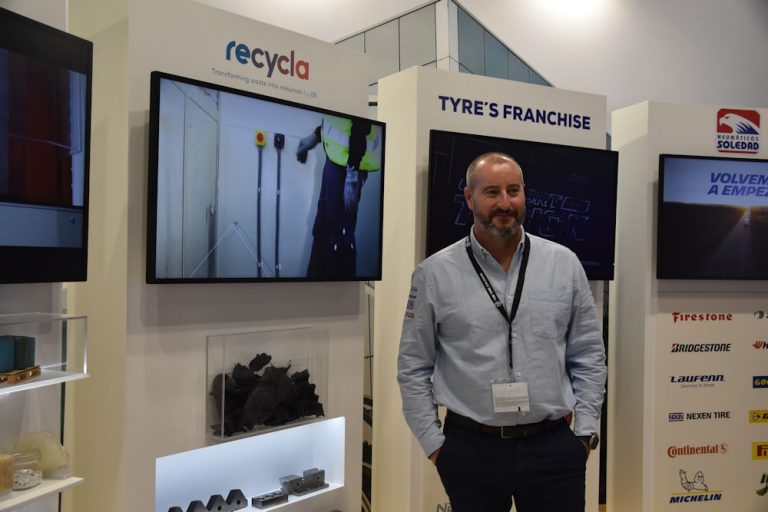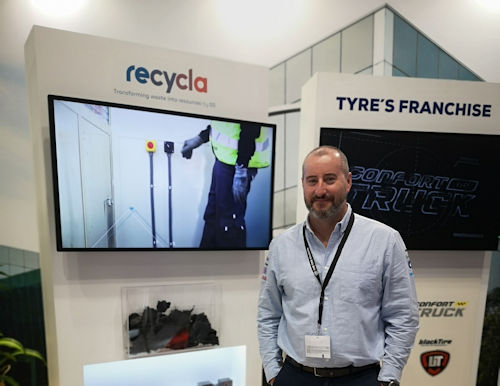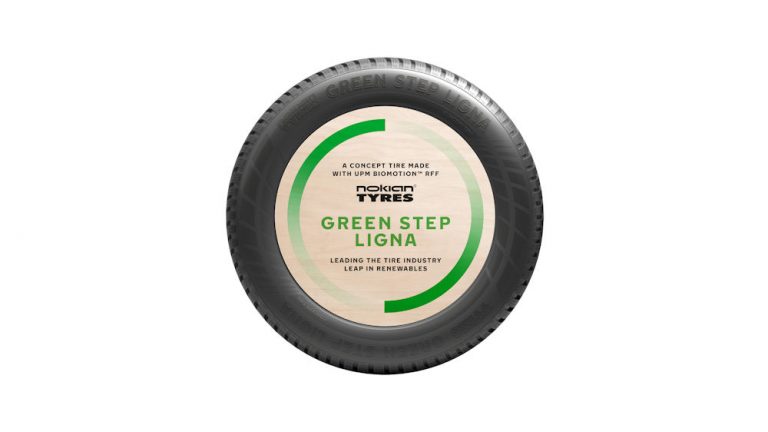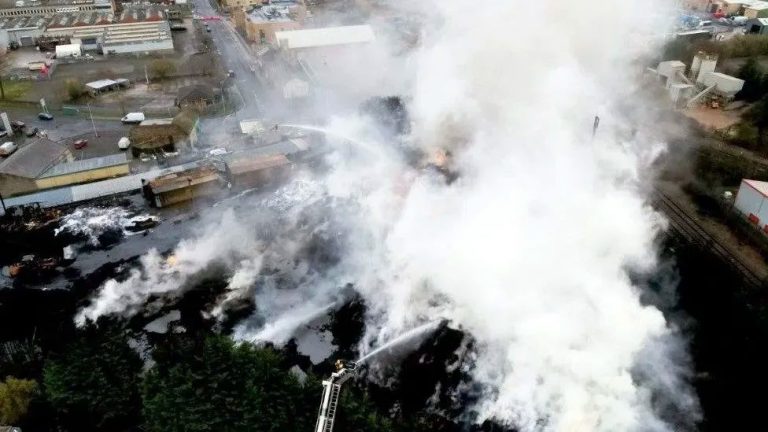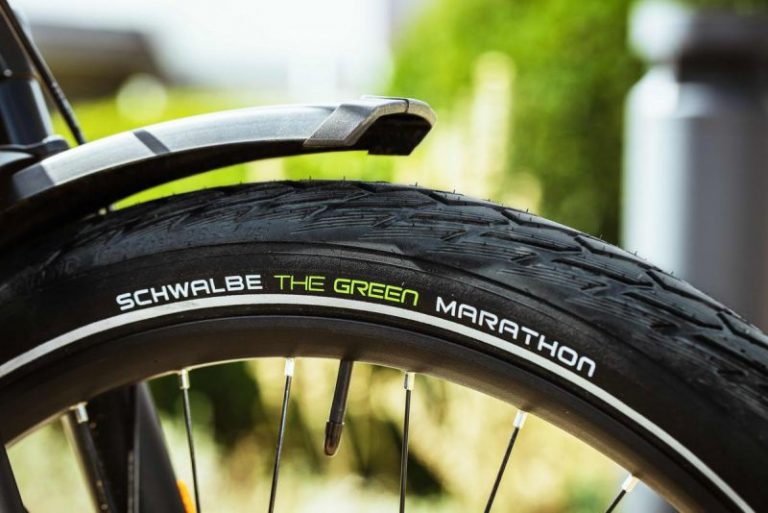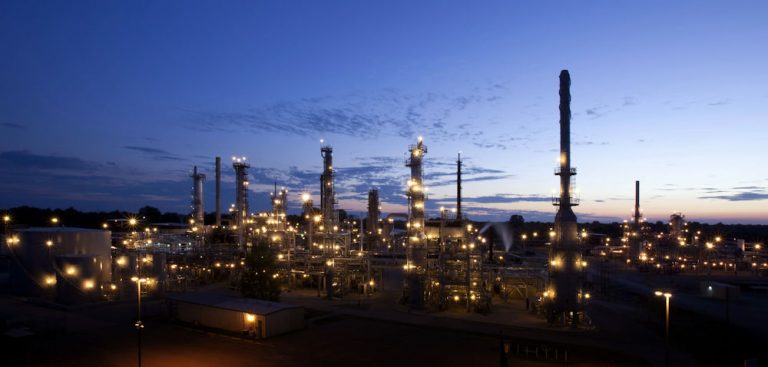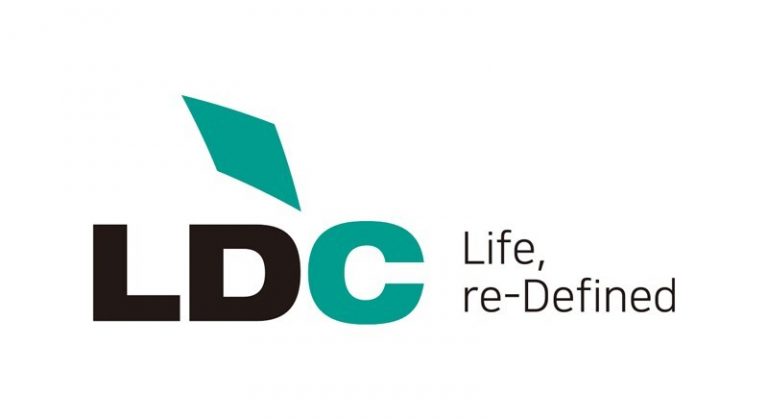Podcast 63 is a variation of style, instead of the usual interview style, this is Part One of the recording of the Tyre Recycling Panel Discussion from the Circular Economy Forum at The Tire Cologne.
In this episode, David Wilson, our host, asks Tyre and Rubber Recycling Editor, Stephan Rau from WDK and Frank Cremer from Bolder Industries a series of questions about the state of the tyre recycling industry.
Chapters:
00:12 Introduction
00:58 Welcome by David Wilson
2:34 Can tyre recycling ever become truly circular?
3:55 Stephan Rau on being circular
5:32 Frank Cremer on pyrolysis circularity
6:42 Can the EU legislate to improve recycling at source?
7:42 Fear of agglomeration in recycled materials
12:20 Will EU-wide End of Waste regulations help manufacturing or simply ease shipment to alternate markets?
13:25 There needs to be care in the definition of End-of-waste
14:04 Need to be careful not to just ease shipment abroad
17:09 Frank Cremer – working together we can be successful
17:19 What can business do to attract funding to help them expand?
18:15 The problem is the cost of money
19:22 Investors are looking for a quick return instead of a long term investment
19:52 We need a Green Procurement policy
21:33 The demand is there but we need volume
25:00 If regulations on the content of new tyres are tightened, will this impact on feedstocks for recycling?
25:13 The Elevator analysis
26:38 No real migration risk
27:58 Summary



